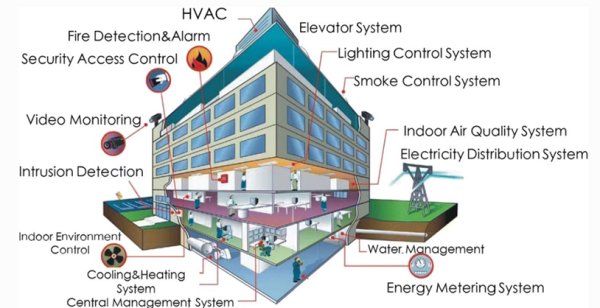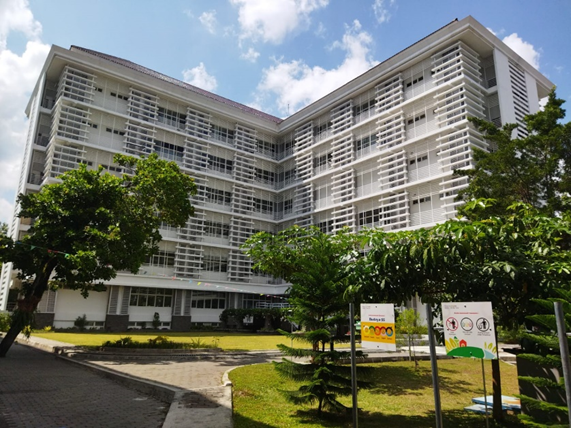Green buildings and smart buildings are two key approaches in modern construction aimed at creating sustainable structures. While both share the goal of efficiency and sustainability, their primary differences lie in focus and implementation methods.
Green buildings prioritize environmental aspects, aiming to minimize their negative impact on nature. This is achieved by reducing the use of energy, water, and non-eco-friendly building materials.
Green buildings emphasize the use of renewable energy sources such as solar panels, efficient water management systems, and recyclable building materials. Passive designs, including natural ventilation and lighting, are also central to reducing energy consumption.
An example of this concept can be seen in the buildings at the Learning Center of Universitas Gadjah Mada (UGM), which incorporate recycled materials and renewable energy management systems.

Smart buildings, on the other hand, focus on operational optimization through advanced technologies like the Internet of Things (IoT), sensors, and automation. These technologies enable buildings to monitor and control various systems in real-time, such as lighting, HVAC (heating, ventilation, and air conditioning), and security systems.
Such advanced technology enhances building efficiency, occupant comfort, and safety through automated settings tailored to the actual conditions inside the building.
A notable example of a smart buildings is The Edge in Amsterdam, which optimizes energy use and security through sensors and data-driven management systems.
The primary distinction lies in their focus. Green buildings emphasize managing natural resources like energy and water, whereas smart buildings leverage technology and data to enhance operational efficiency.
In green buildings, technology is more aligned with renewable resources and environmental management. Meanwhile, smart buildingsemploy advanced technologies such as IoT, artificial intelligence (AI), and big data for automatic and integrated building system management.
Although different, these concepts are often combined to create buildings that are both environmentally friendly and technologically efficient.
Green Smart Buildings merge energy efficiency and green technologies from green buildings with the intelligence and automation of smart buildings, fostering a sustainable, efficient, and comfortable environment for occupants.
The application of these concepts supports the achievement of Sustainable Development Goals (SDGs), particularly in environmental sustainability (Goal 11) and infrastructure innovation (Goal 9). Green buildings help reduce environmental impacts, while smart buildings contribute to smarter energy and resource management.
Authors: Buana Yaksa, Pram



